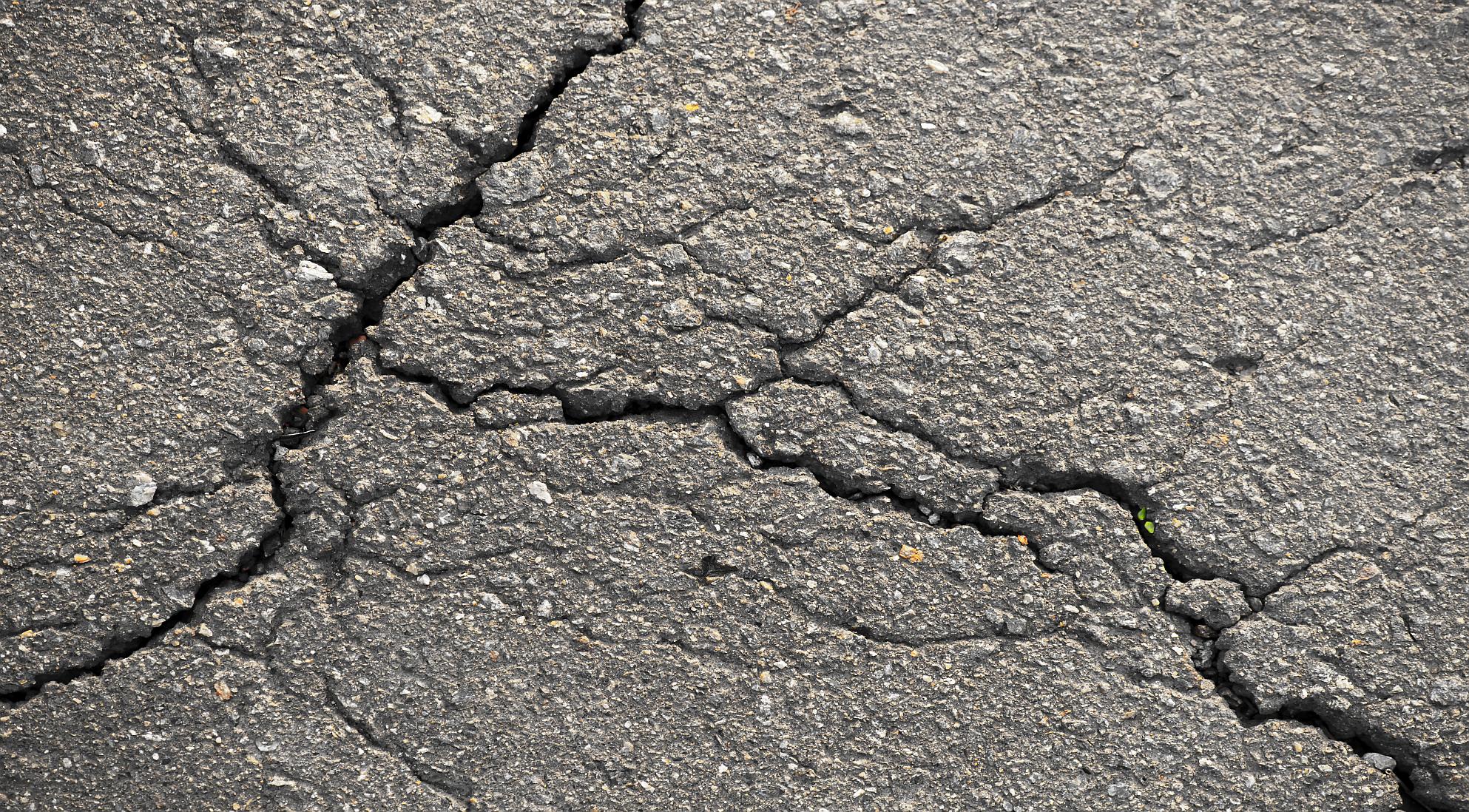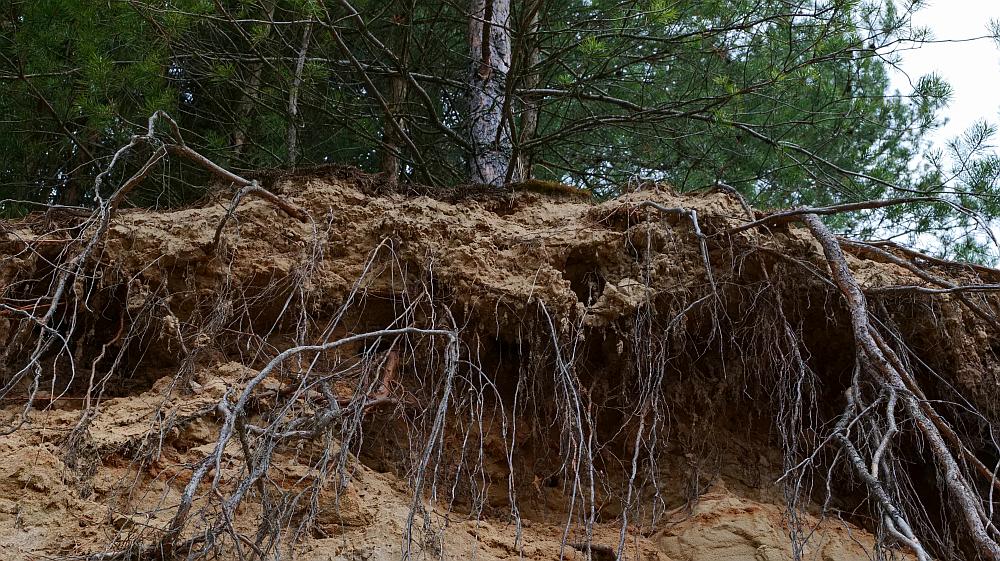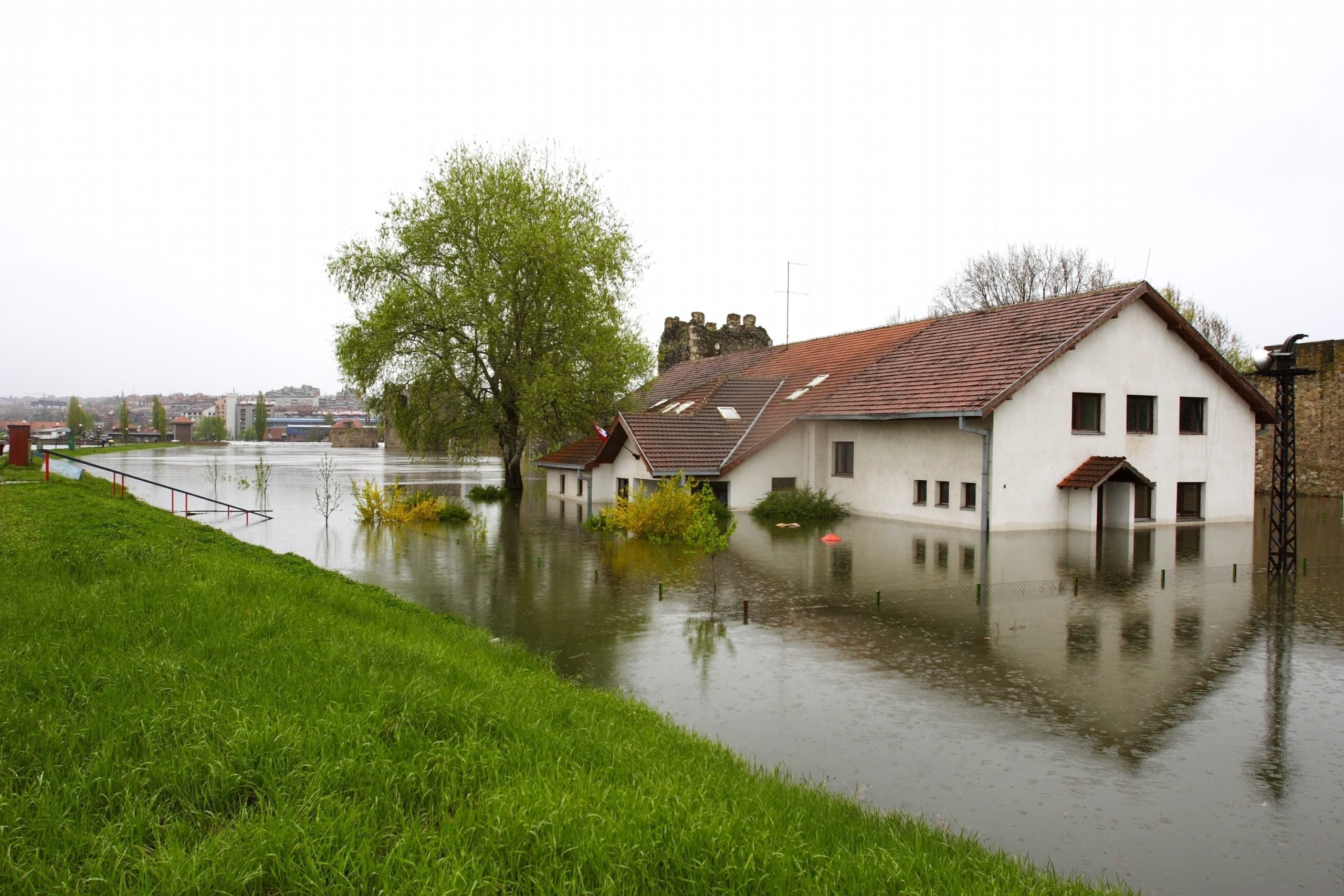When a home, office building, or any other structure is being built, defects can occur during various phases of the construction process. In most cases, these defects are relatively minor and can include things such as blemishes, walls dents, small cracks, or general deterioration. However, significant construction defects can cause major property damage and seriously compromise the safety of the property owner, as well as those inside the building or on the premises. Unfortunately, many of these defects are not discovered until long after the work has been completed. As a result, it can be difficult to pursue legal action against a contractor or construction company if a property owner or other individual is injured as a result of a construction defect. An experienced property damage lawyer can conduct a thorough investigation into the details of the accident and pursue the financial compensation the client deserves.
There is no simple answer to this question because there are many viewpoints and interests involved in identifying a construction defect. In most cases, a construction defect is a flaw in the design, workmanship, and/or materials used that results in a failure in some aspect of the structure. Depending on the nature of the defect, this can cause significant property damage and serious injuries. To be considered a construction defect, the following three factors must apply:
The following are examples of the costliest construction defects:
Construction defects are generally classified as latent or patent defects. Patent defects are obvious and should be immediately noticed during the inspection process. These also tend to be easier to fix because the defect is usually aesthetic in nature and does not require extensive and invasive repairs. Latent defects are usually below the surface or could be a defect in the overall design of the project. These tend to be problematic and are more difficult to repair. The following are examples of the most common types of construction defects:
Whether the design professional is a contractor, a consultant, or a subcontractor, the individual has a duty to complete the project in accordance with the construction contract, which has become a key document in the construction process. Contractors have a responsibility to visit the construction site, become familiar with local conditions, and closely review contract documents to ensure that the workmanship meets the standard within the construction industry. Whereas the contractor is responsible for overseeing the project and making sure that the work is free from defects, the design professional is responsible for ensuring that the construction documents are prepared in accordance with local laws, statutes, and ordinances.
If an individual is seriously injured as a result of a construction defect, the claims process can be extremely complicated, simply because of the number of scenarios that can cause a construction defect and the different parties that are involved. In addition, there are certain criteria that must be met to claim compensation. However, a skilled property damage lawyer will walk clients through every step of the claims process, anticipate common obstacles, and ensure that his or her legal rights are protected every step of the way. Financial compensation may be recovered for a construction defect provided the builder can be held negligent for the following:
Even if the above criteria are met, it is not guaranteed that an individual will be able to recover compensation. To collect compensation for any property damage or injuries caused by a construction defect, there must be an insurance policy that the claim can be made against. Insurance policies cover builder liability only for a certain period. If the time of risk occurred after the policy ended or was cancelled, the individual may be unable to collect compensation. In addition, if the insurance carrier against whom the claims are being made cannot recover funds from the subcontractor’s insurance, it may be difficult to recover compensation. For this reason, it is highly recommended that individuals consult with an experienced property damage lawyer.
Fortunately, California law favors the property owner. When construction defects cause injuries or property damage, claims may be pursued for negligence and breach of warranty. Damages may include the following:
There are a range of proactive steps that designers, contractors, and subcontractors can take to minimize construction defects, including the following:
If you were injured or suffered property damage as a result of a construction defect, do not hesitate to contact the Los Angeles property damage lawyers at ACTS LAW. We understand how much damage these defects can cause and how crucial it is that you receive the maximum financial compensation possible. To schedule a free consultation, call us today at 833-228-7529 or contact us online.
From our offices in San Diego and Los Angeles, we serve clients throughout Orange County and Los Angeles County, including Beverly Hills, Calabasas, Malibu, Santa Monica, Long Beach, Hidden Hills, Pasadena, San Marino, Brentwood, Encino, Newport Beach, and Foresthill.

Earthquakes can strike suddenly and cause significant damage. From injuries to property destruction, the aftermath of an earthquake can be overwhelming. Unfortunately, many homeowners face financial d...

Experiencing landslide damage can be a devastating event that affects both your life and your home. Amidst the process of recovering and repairing your house, you may also find yourself dealing with i...

It is critical to understand how California state law defines personal property and loss of use. Understanding the claims procedure can help you make sure you get the insurance payout you are due if y...